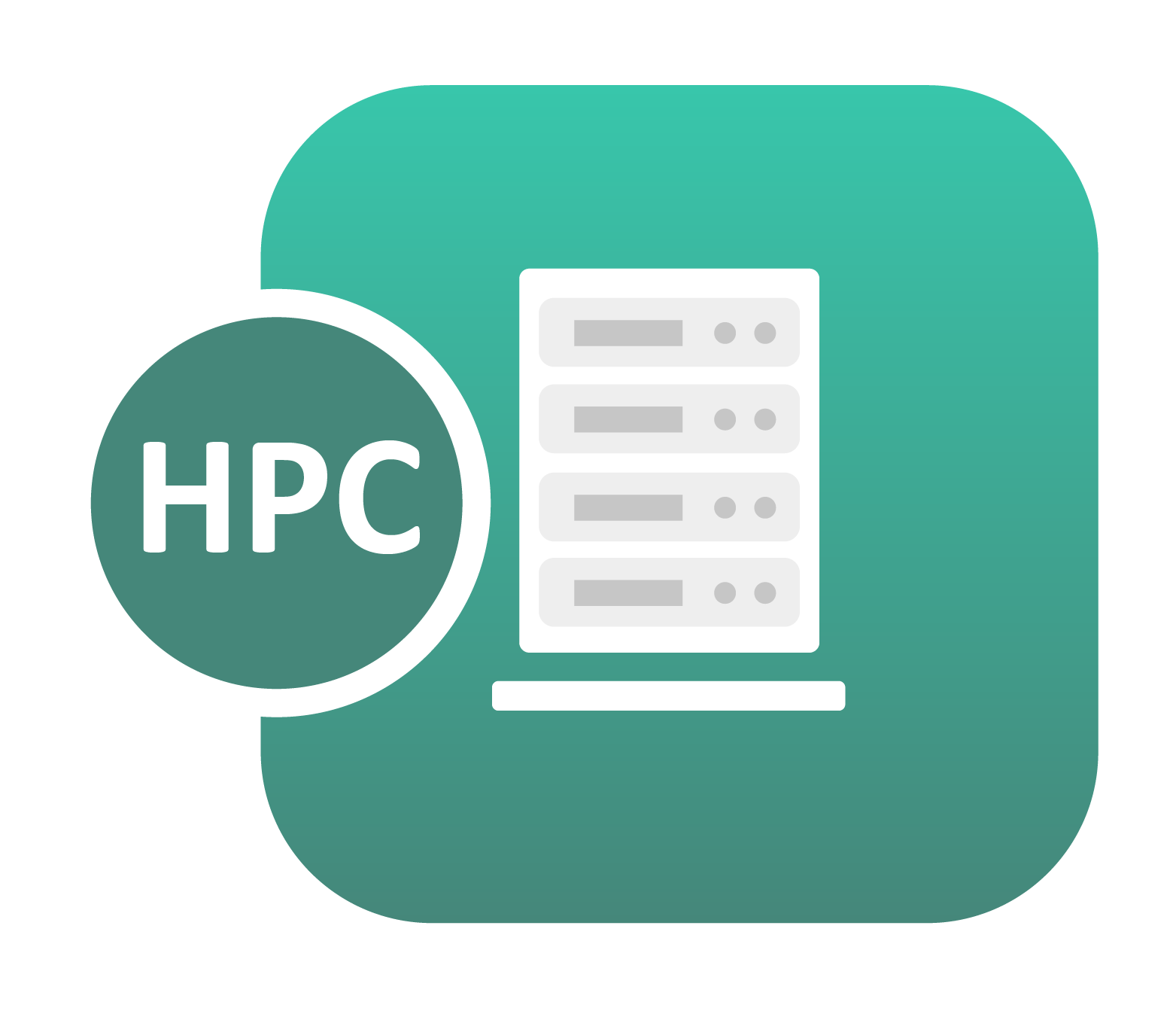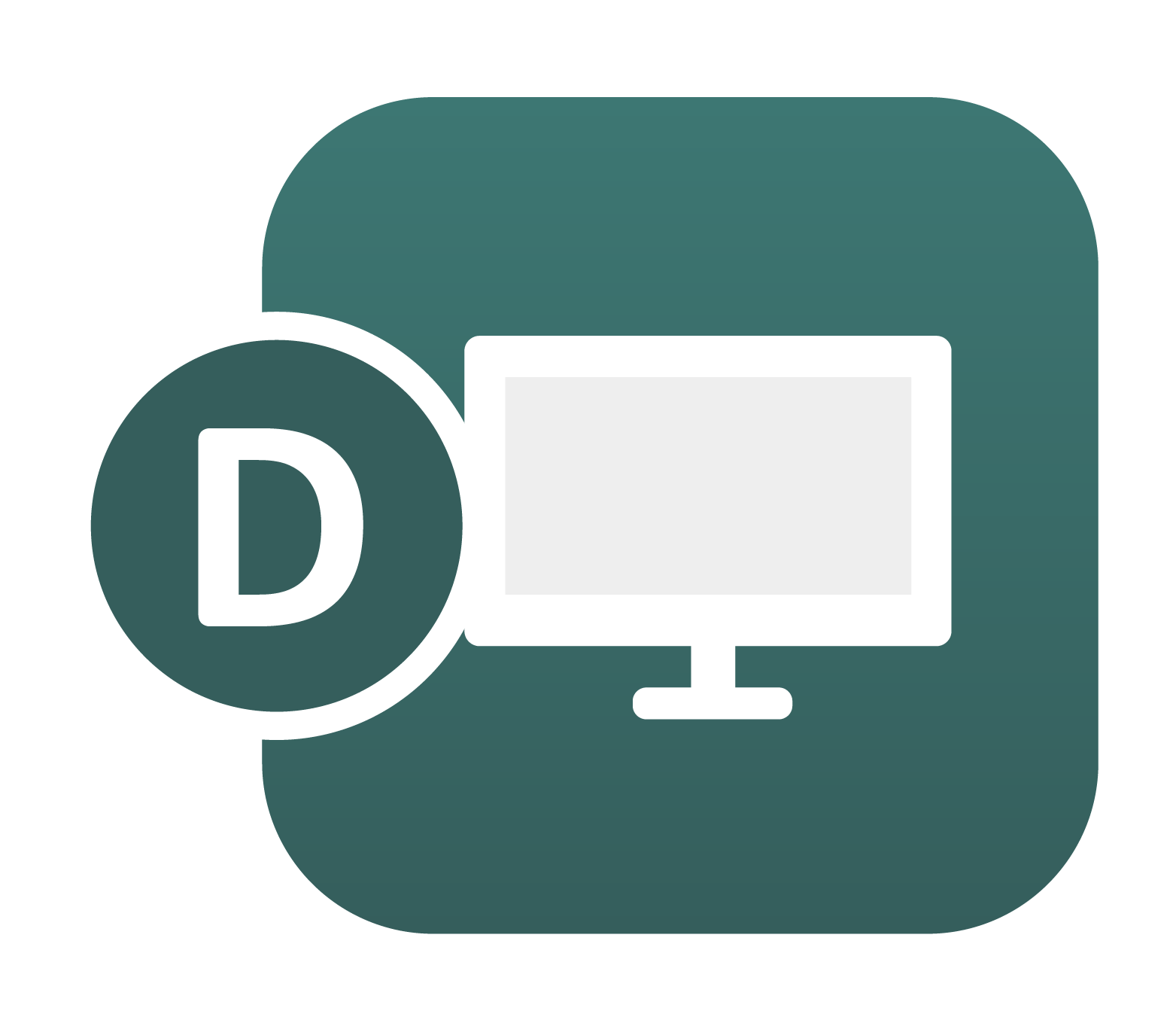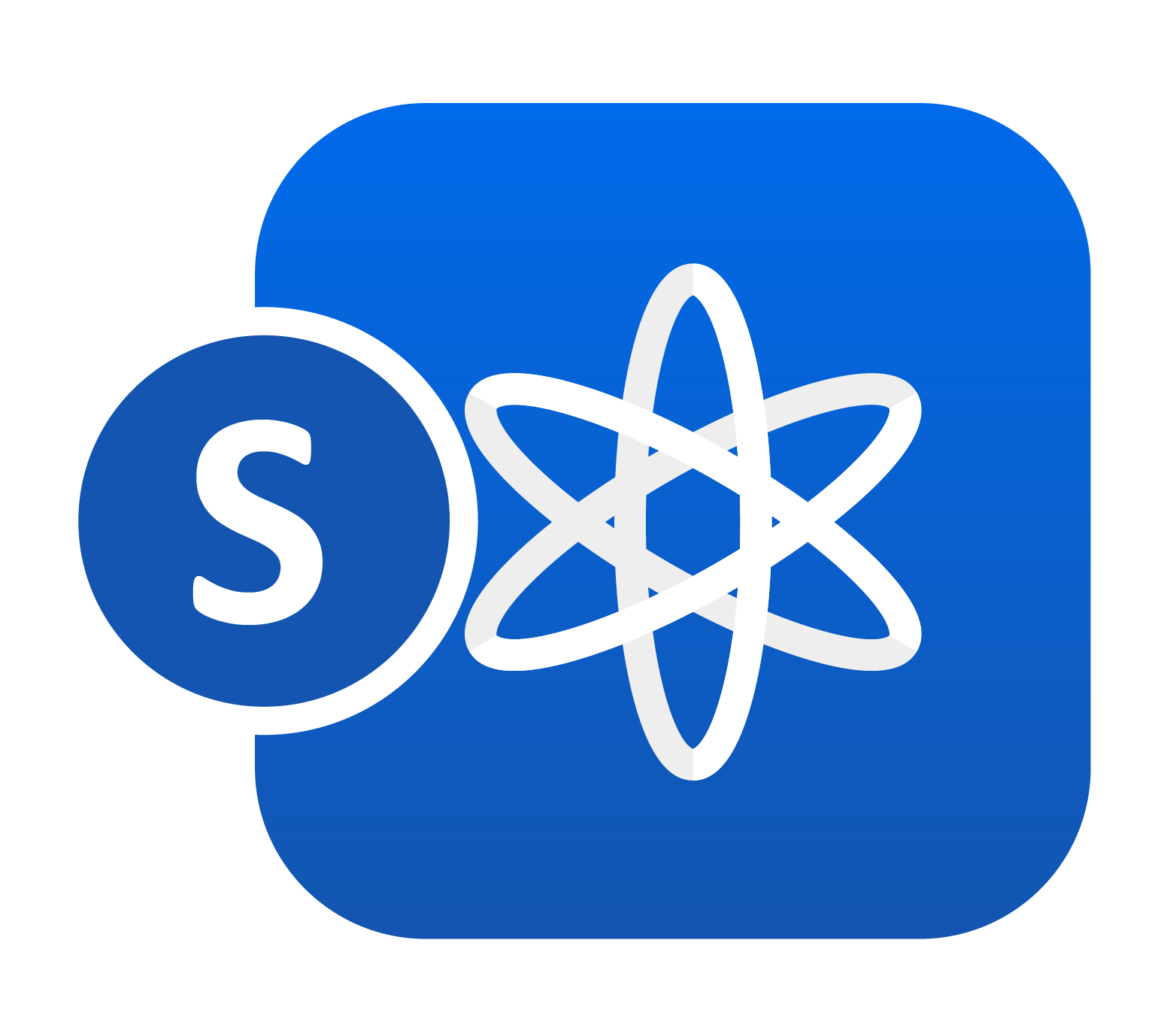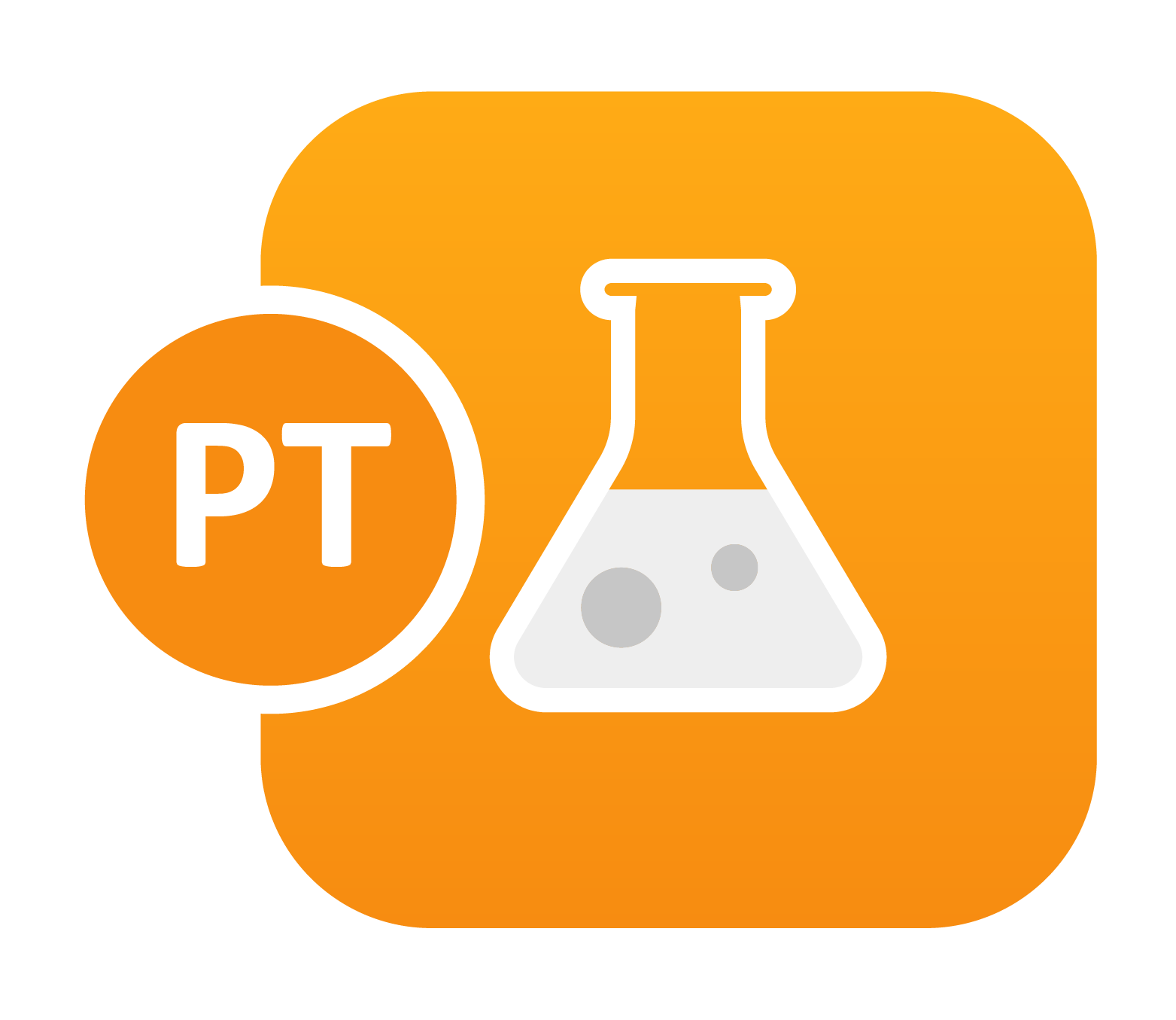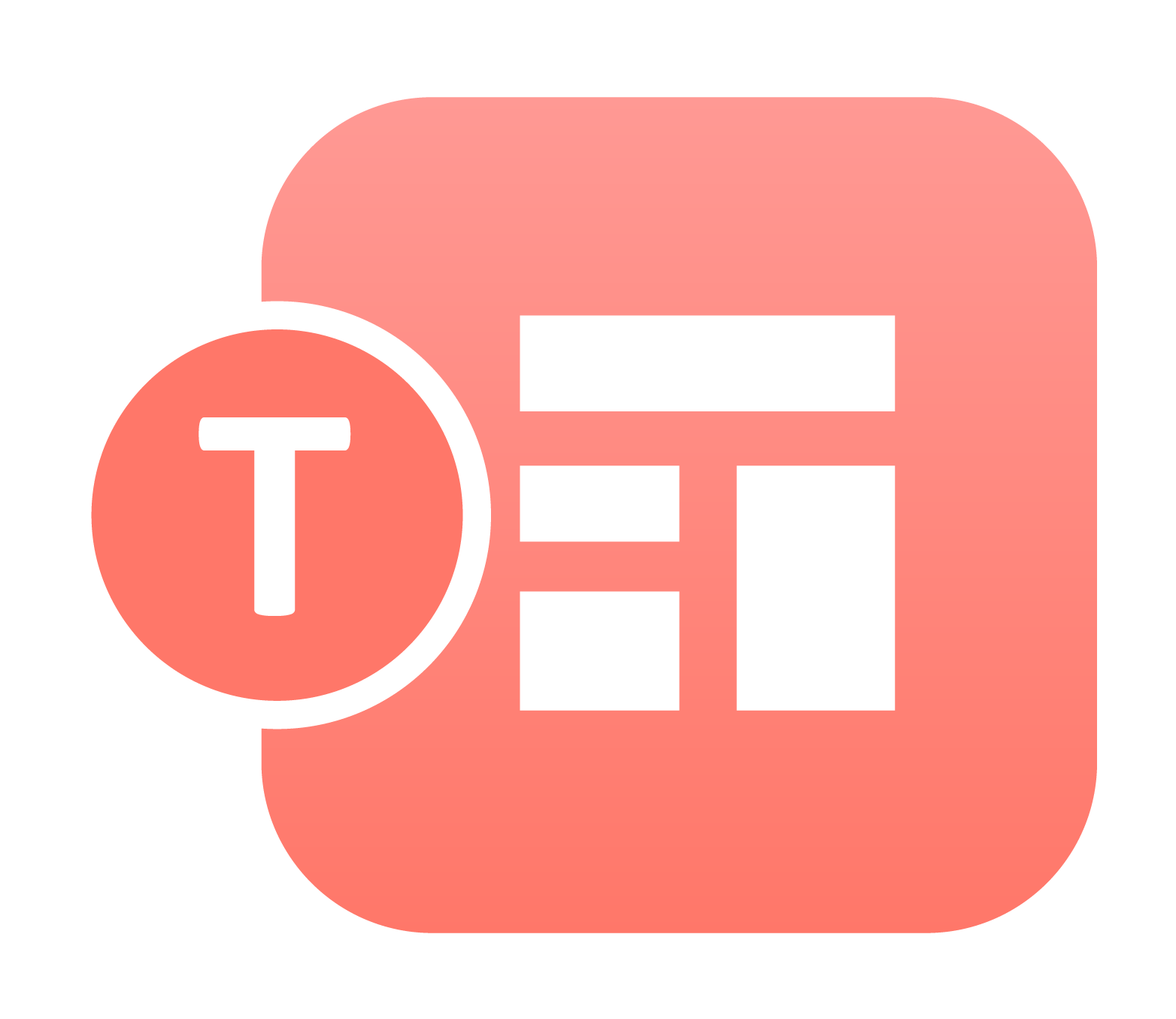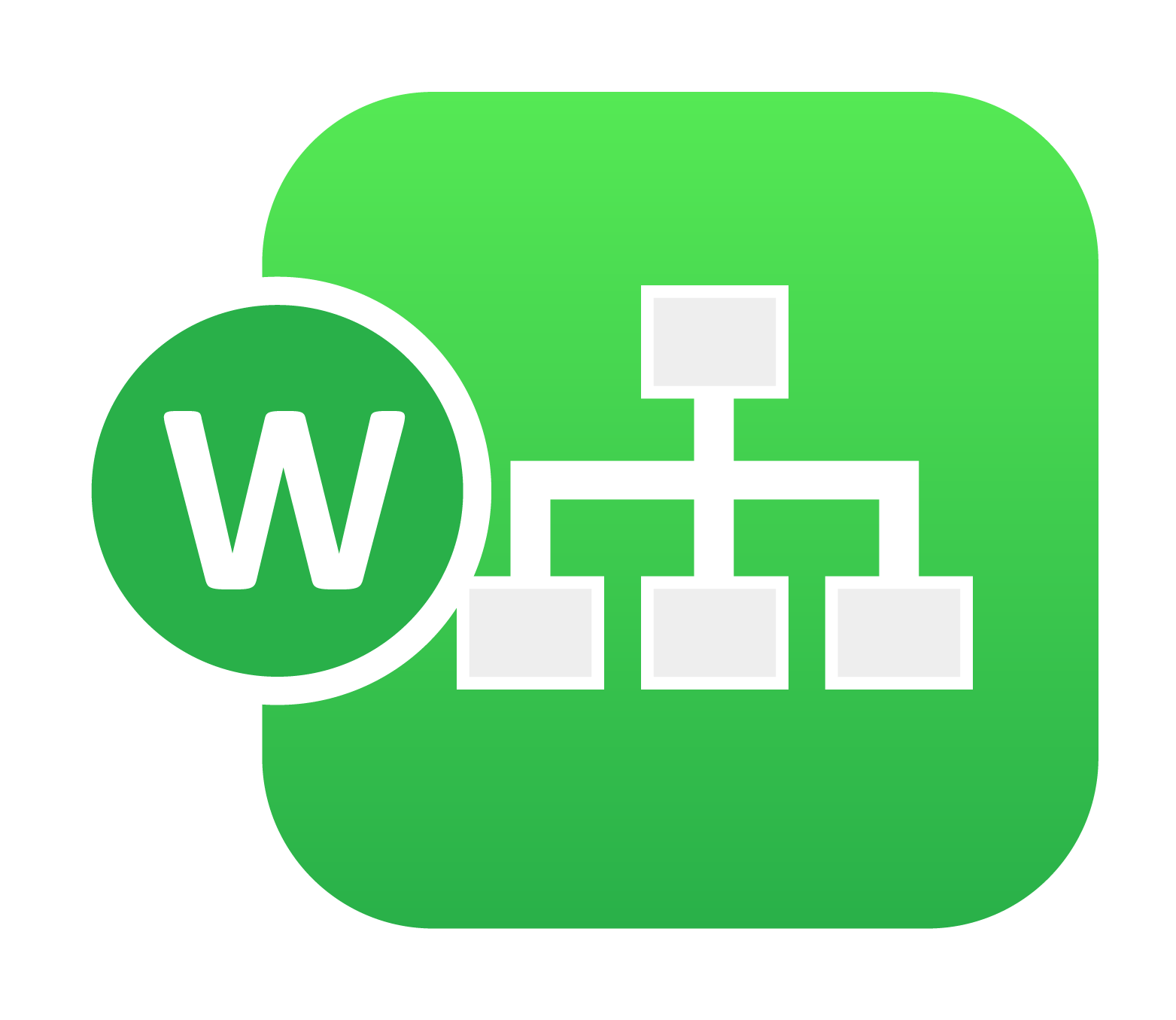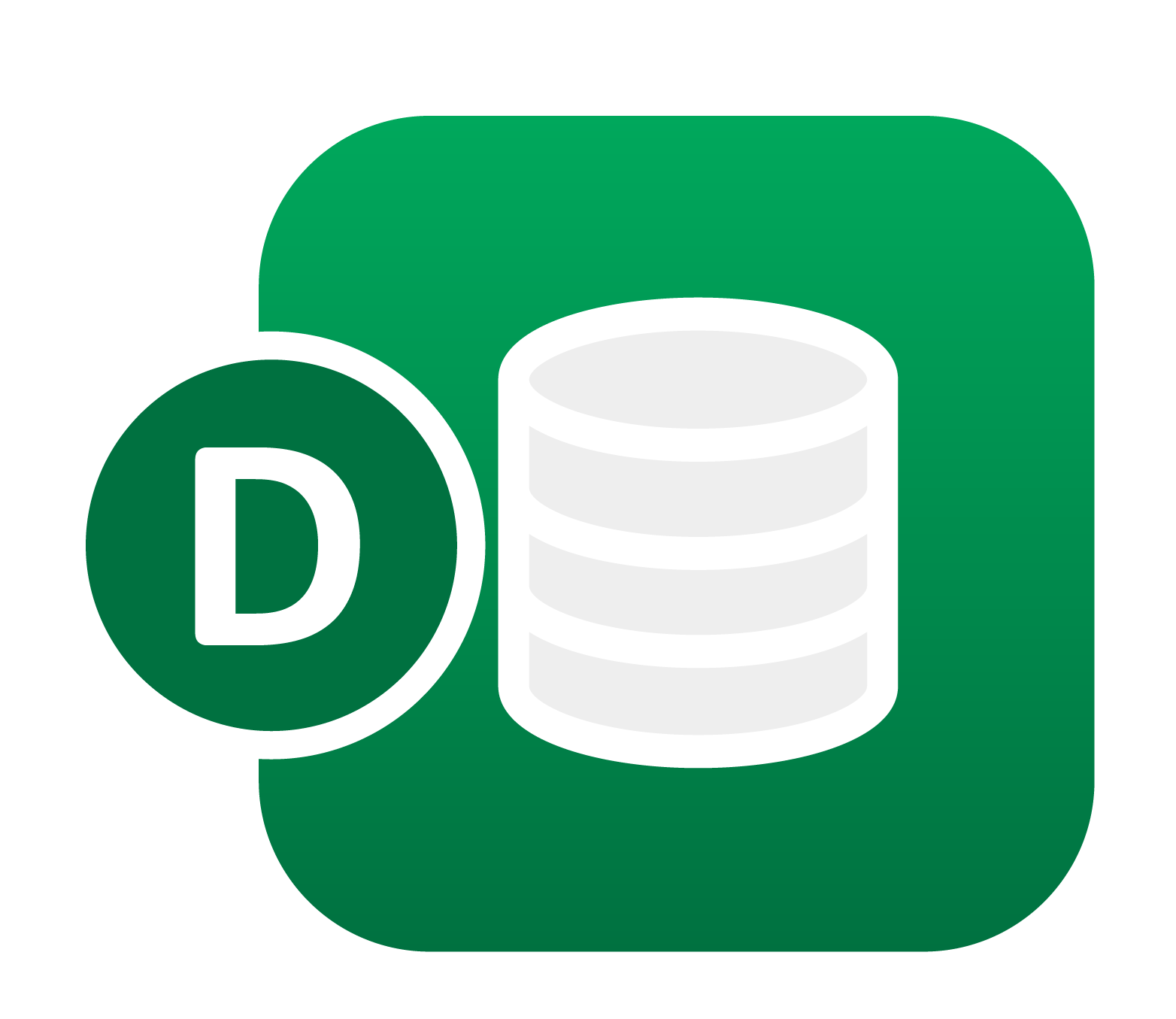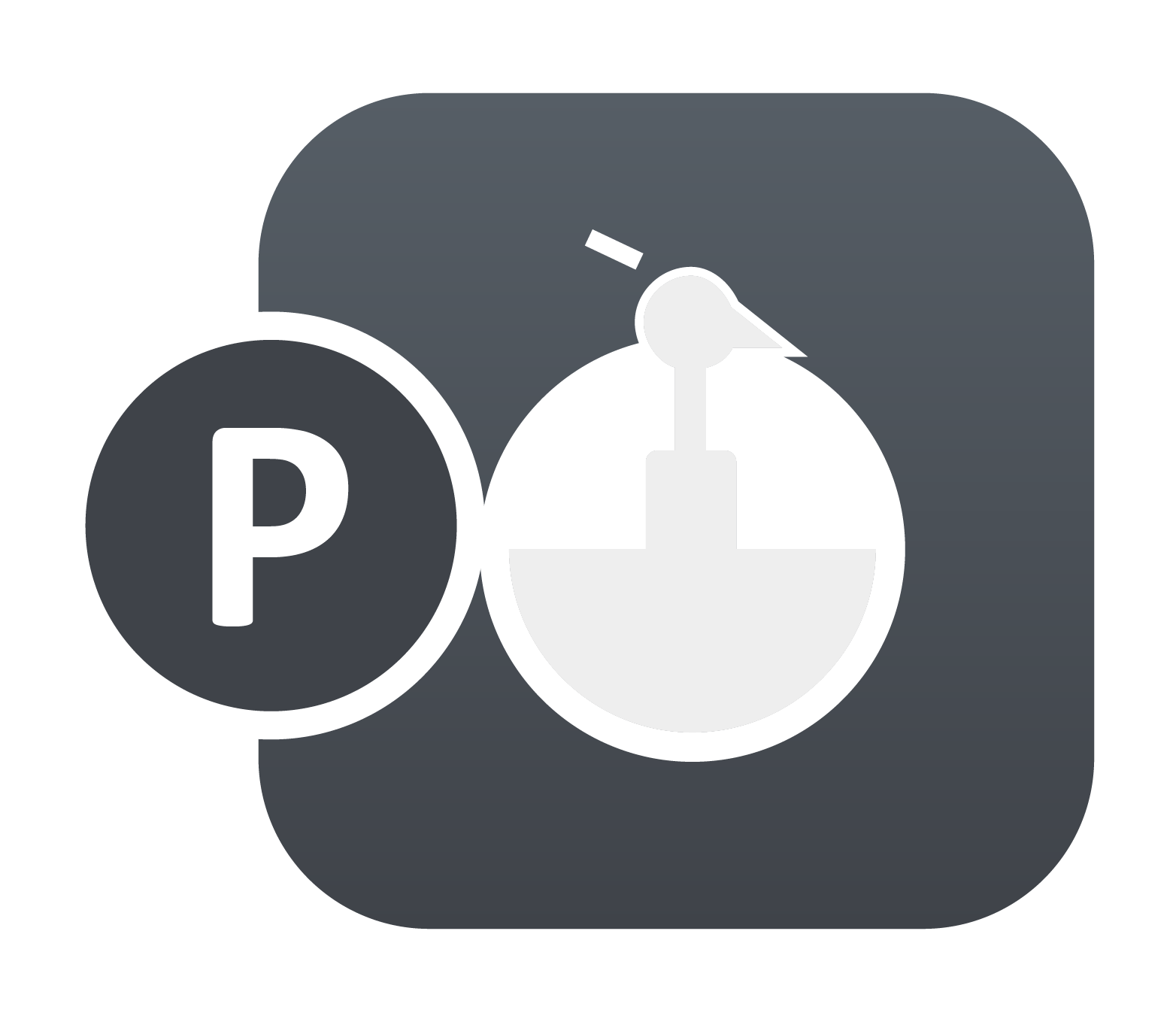Unloading in MAT_FABRIC (MAT_034)
This is a post by Guest Author Satish Pathy who works full time for LSTC In *MAT_FABRIC, element formulation 4 & 14 will allow you to input unloading curve for the material. Recently in a model it was noticed, that when a large compressive stress develops in the fibers, lsdyna would release some of these…


